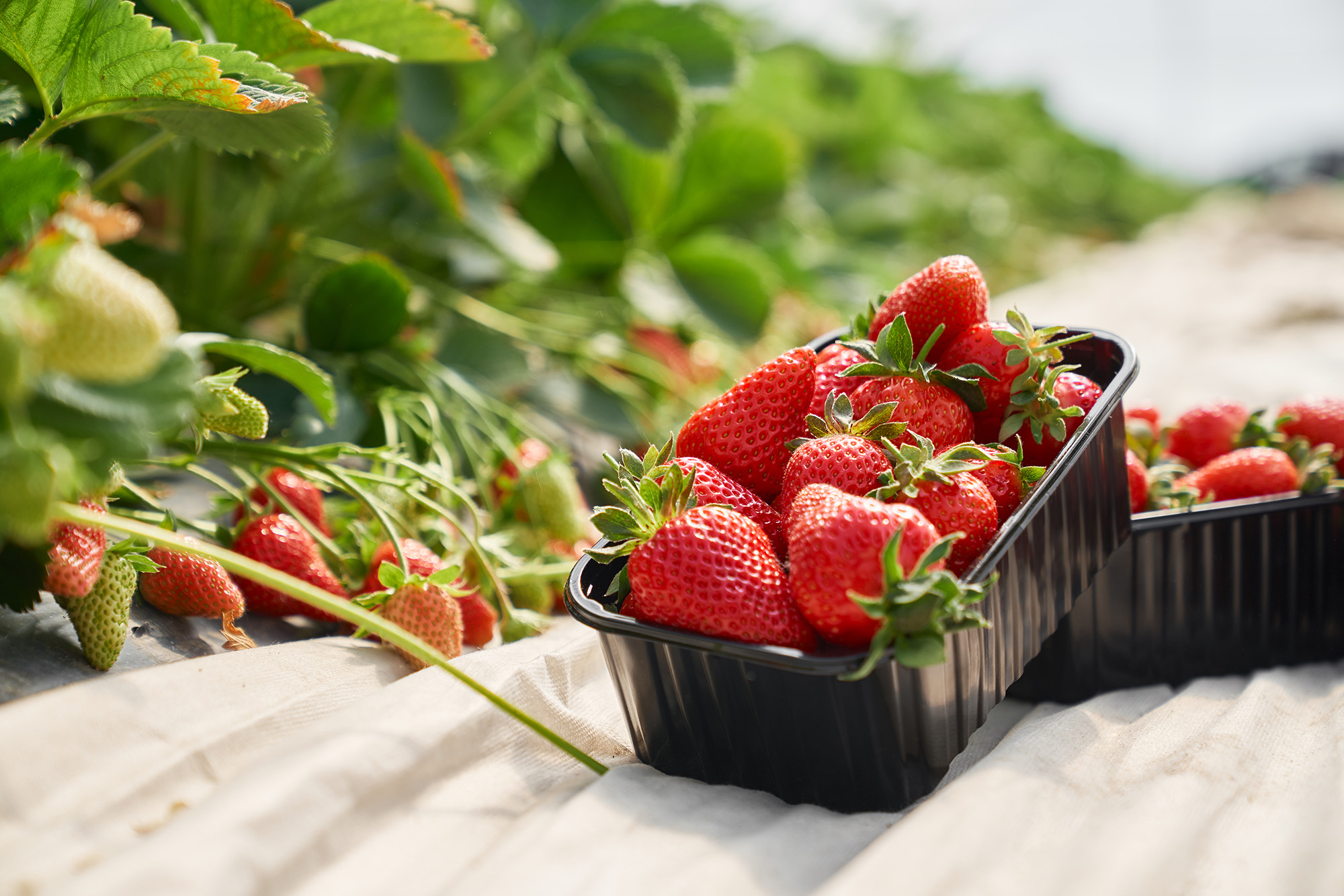Innovations in post-harvest handling and storage technologies are revolutionizing the way we preserve and distribute agricultural products, offering solutions to reduce food waste, improve food safety, and enhance market access for farmers worldwide.
One of the most significant advancements in post-harvest technology is the development of controlled atmosphere storage (CAS) systems. These systems manipulate temperature, humidity, and gas composition within storage facilities to create optimal conditions for preserving freshness and extending shelf life. By reducing oxygen levels and controlling ethylene concentrations, CAS systems can slow down the ripening and deterioration of fruits and vegetables, allowing farmers to store their produce for longer periods without compromising quality.
Another innovation gaining traction is the use of smart sensors and Internet of Things (IoT) technology to monitor and manage post-harvest conditions in real-time. These sensors, often integrated into storage facilities or packaging materials, provide valuable data on temperature, humidity, gas levels, and product quality, allowing farmers and distributors to make informed decisions and intervene promptly to prevent spoilage or degradation. IoT-enabled systems can also automate tasks such as ventilation, irrigation, and pest control, optimizing resource use and reducing labor costs.
Furthermore, advancements in packaging materials and techniques are enhancing the preservation and transportation of perishable goods. Vacuum packaging, modified atmosphere packaging (MAP), and edible coatings are examples of innovative approaches that create a protective barrier around products, preventing moisture loss, microbial growth, and physical damage during transit. Additionally, bio-based and biodegradable packaging materials are gaining popularity as sustainable alternatives to conventional plastics, reducing environmental impact and addressing consumer demand for eco-friendly solutions.
Cold chain logistics, encompassing refrigerated transport, warehousing, and distribution networks, are also undergoing significant improvements to ensure the integrity and safety of perishable goods throughout the supply chain. From refrigerated trucks equipped with GPS tracking and temperature monitoring systems to centralized cold storage facilities with automated inventory management, these innovations help maintain product quality and compliance with food safety regulations from farm to fork.
Innovations in post-harvest handling and storage technologies are driving efficiency, sustainability, and resilience in the agricultural sector. By leveraging cutting-edge solutions such as controlled atmosphere storage, smart sensors, advanced packaging, and cold chain logistics, stakeholders across the value chain can minimize losses, maximize profits, and meet the growing demand for fresh, safe, and nutritious food products in an increasingly interconnected and competitive global market.


Comments are closed.